
In March 2017, Bernie Sanders, one of the US Senate’s most left-wing members, travelled to McDowell County, West Virginia, where almost three-quarters of voters had backed the Republican candidate Donald Trump in the 2016 election.
Sanders was there to appear at a town hall with local residents that was hosted by the cable news network MSNBC. During his unsuccessful run for the Democratic nomination for the presidency the year prior, the Vermont independent senator had campaigned in McDowell, one of West Virginia’s poorest counties. The region also has the lowest male life expectancy in the country.
“I held many, many town meetings throughout the campaign but that one [in McDowell] stays in my mind because of the courage and the determination and the honesty of the people who were there,” Sanders told MSNBC host Chris Hayes. “This is a community that has a whole lot of problems. People didn’t run away from those problems but they are determined to solve those problems and go forward.”
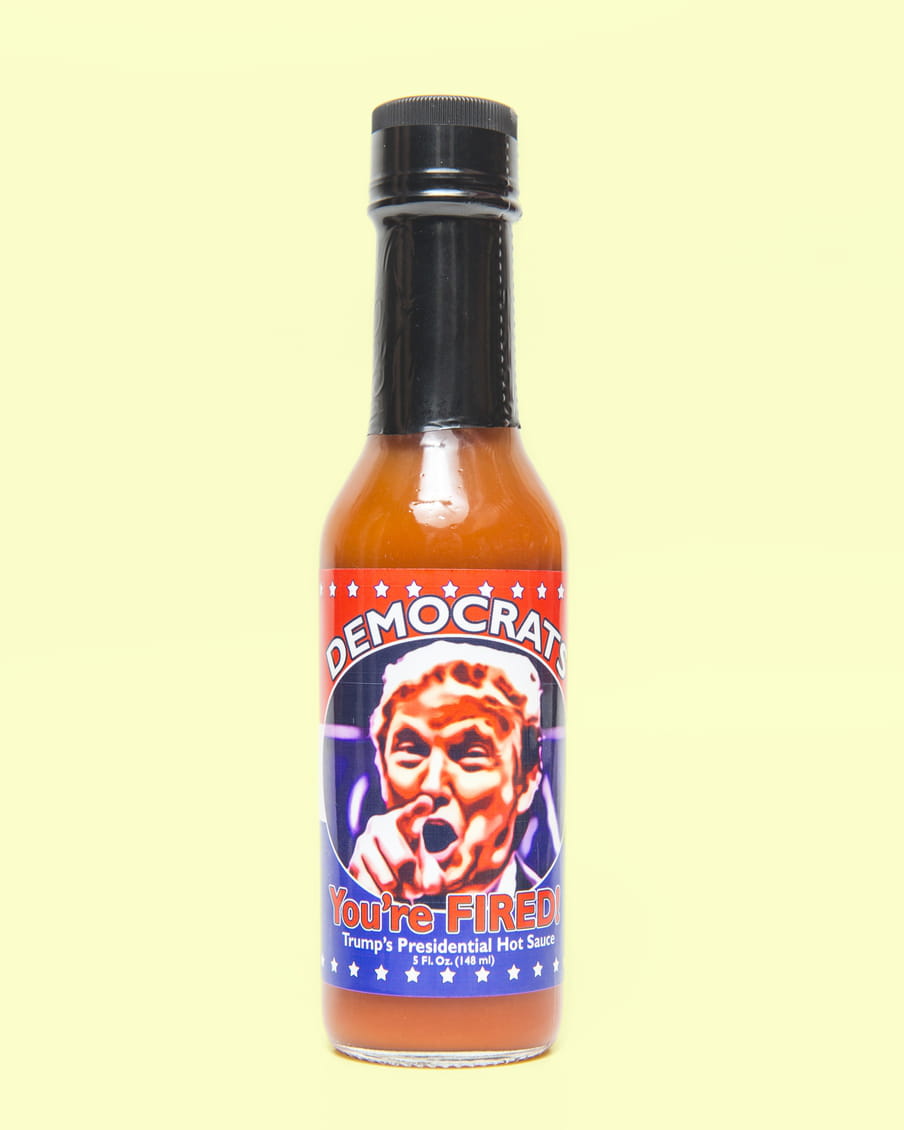
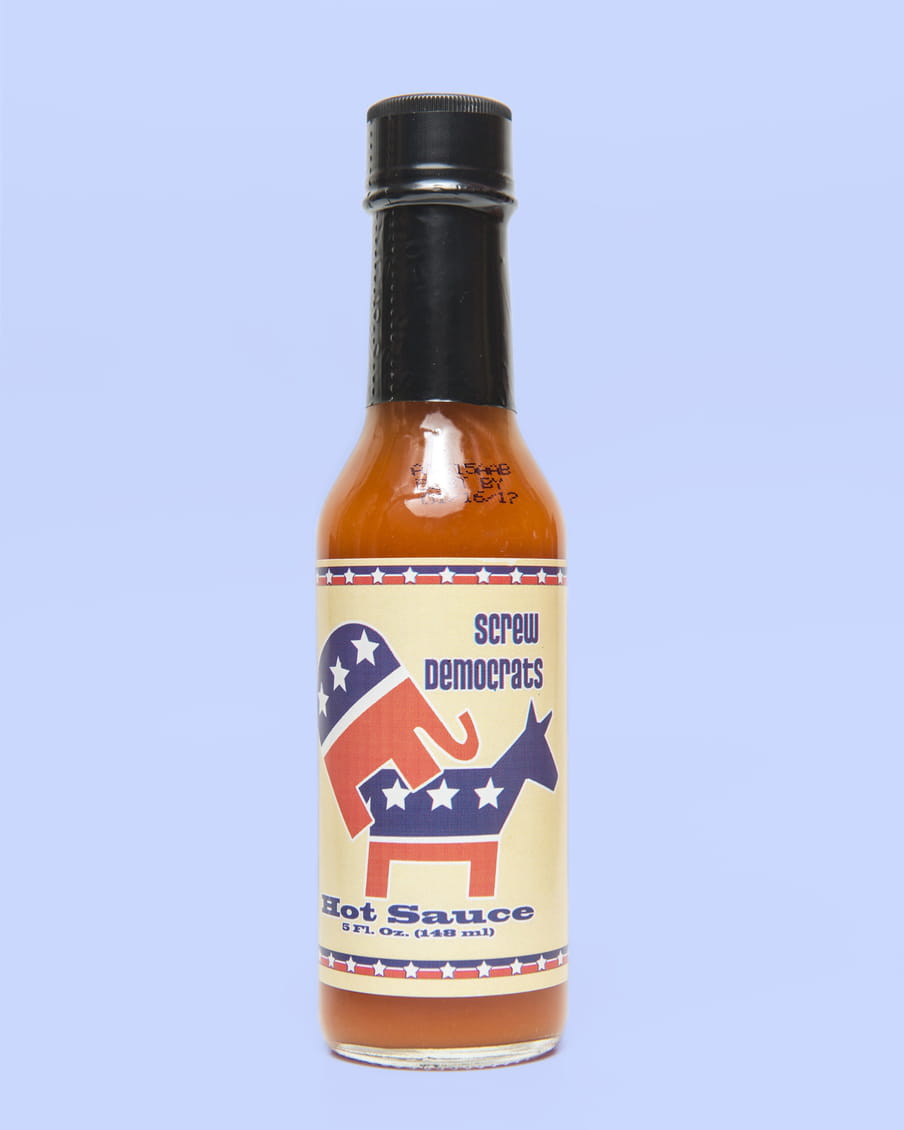
As a part of the event, local residents offered their thoughts on politics to the progressive senator, including responses to the following question: “We are the only major country on Earth, the only one, that doesn’t guarantee healthcare to all people as a right,” the then 75-year-old began. “What do you think? Do you think we should join other countries, guarantee healthcare as a right of all?”
In the audience was Philip Lucion, a coal miner who had voted for Trump. Lucion’s answer would most likely have surprised viewers of the left-leaning network, MSNBC. “I think yes,” Lucion replied. “I think every American citizen should have healthcare.” The audience responded with heavy applause. Later on, Lucion would add: “Everybody in this room needs free healthcare.”
We are told that the United States is so divided and so polarised that US citizens cannot possibly agree on matters as big and as contentious as healthcare. But the moment of agreement between Sanders, the self-described “democratic socialist”, and Lucion, the West Virginian coal miner who supported Trump, shines a light on a hidden reality in US political life: we agree on more than we realise.
Let’s take a closer look at healthcare, the issue Sanders and Lucion ended up bonding over.
Given congressional polarisation over the topic – the Affordable Care Act was passed along party lines in 2010 – you might assume that there’s little overlap between US Americans on the issue. But a majority, including the majority of Republicans (58%), independents (70%), and Democrats (85%), approve of establishing a government-backed public health insurance option that would be available to all US Americans and compete with the country’s existing health insurance companies.
That’s not the only area of agreement on the subject. Again, majorities of Democrats, Republicans, and independents favour allowing Medicare to place limits on how much pharmaceutical companies can increase prices every year, allowing US Americans to import medicines from Canada, and limiting out-of-pocket costs for senior citizens who have Medicare coverage.
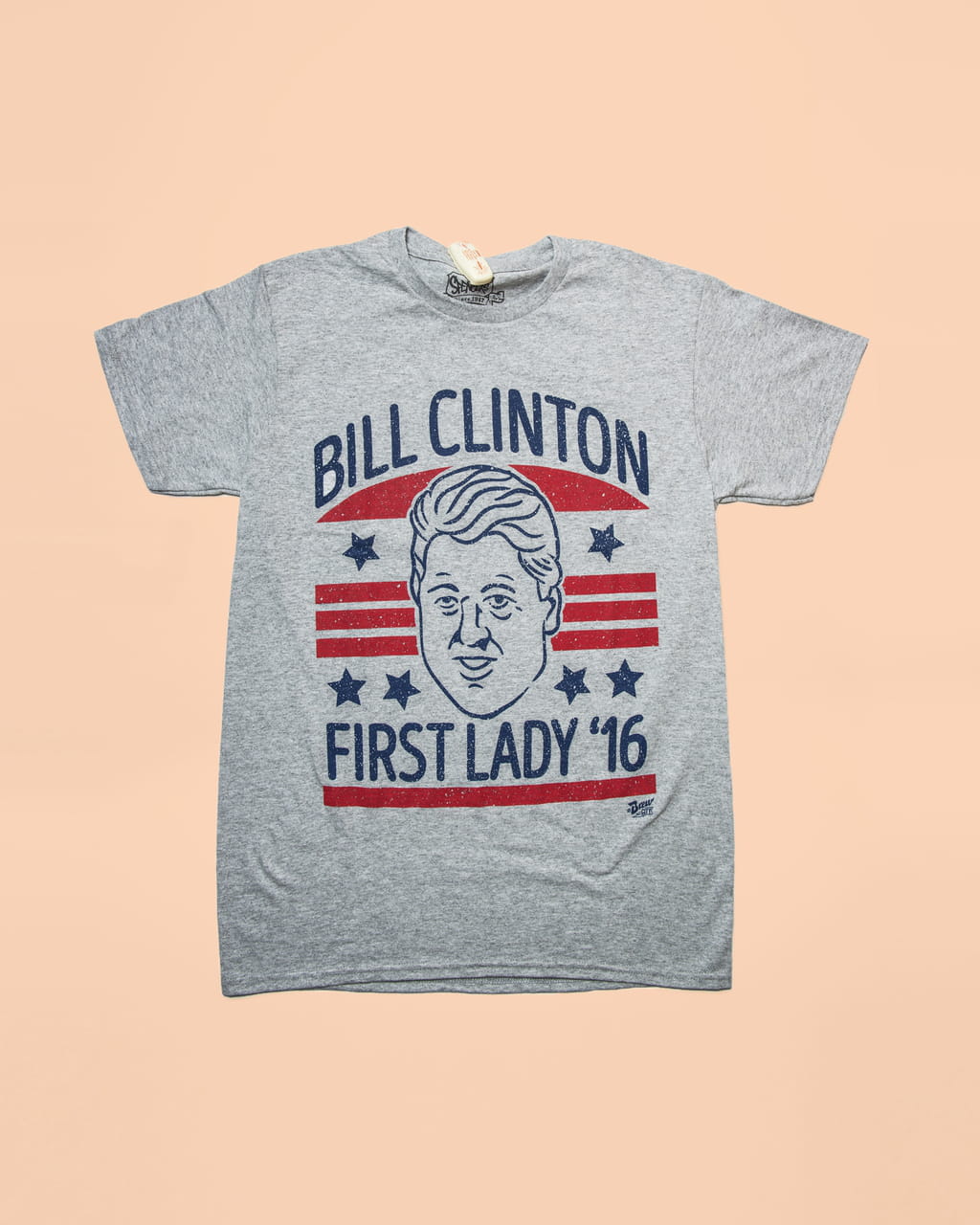
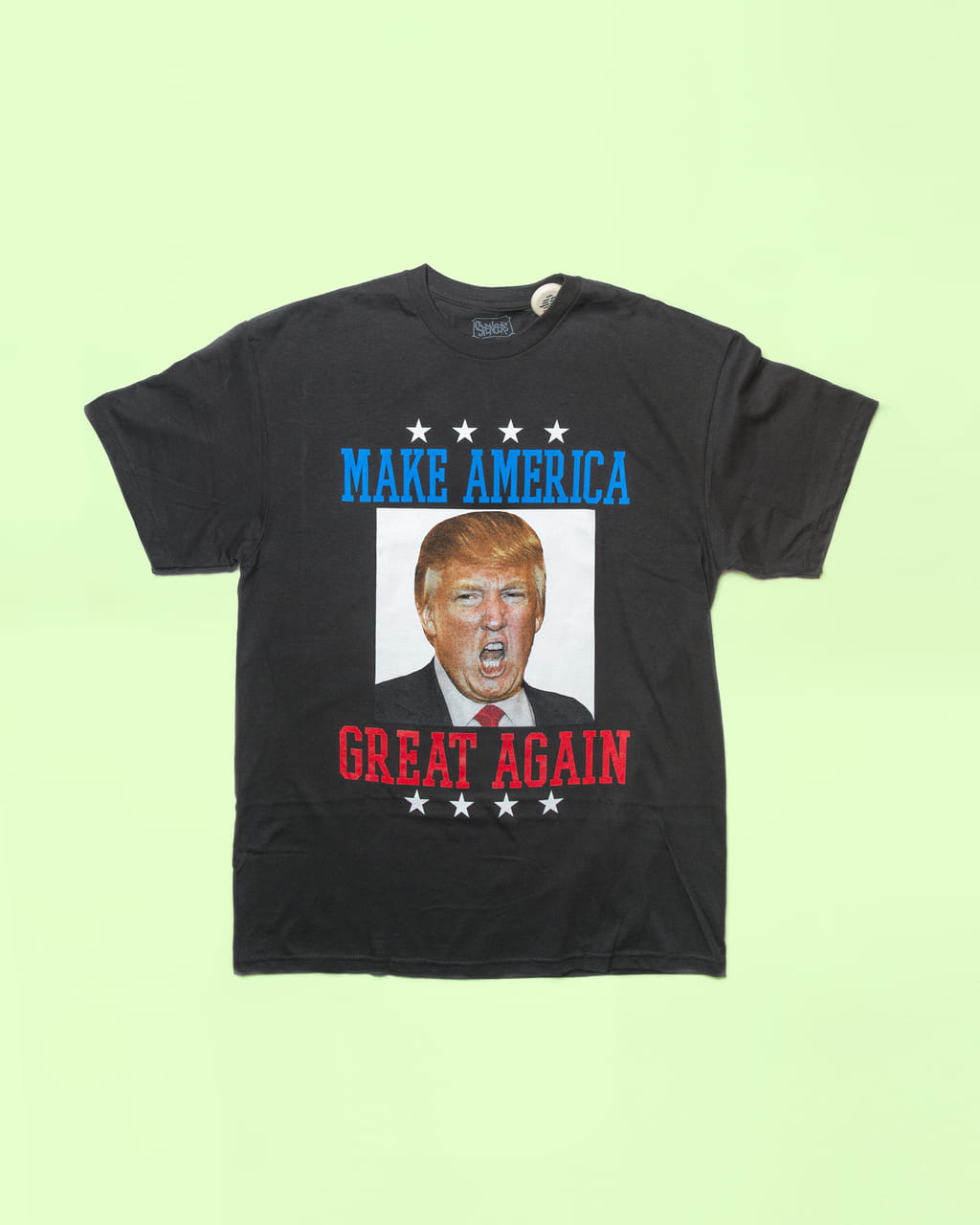
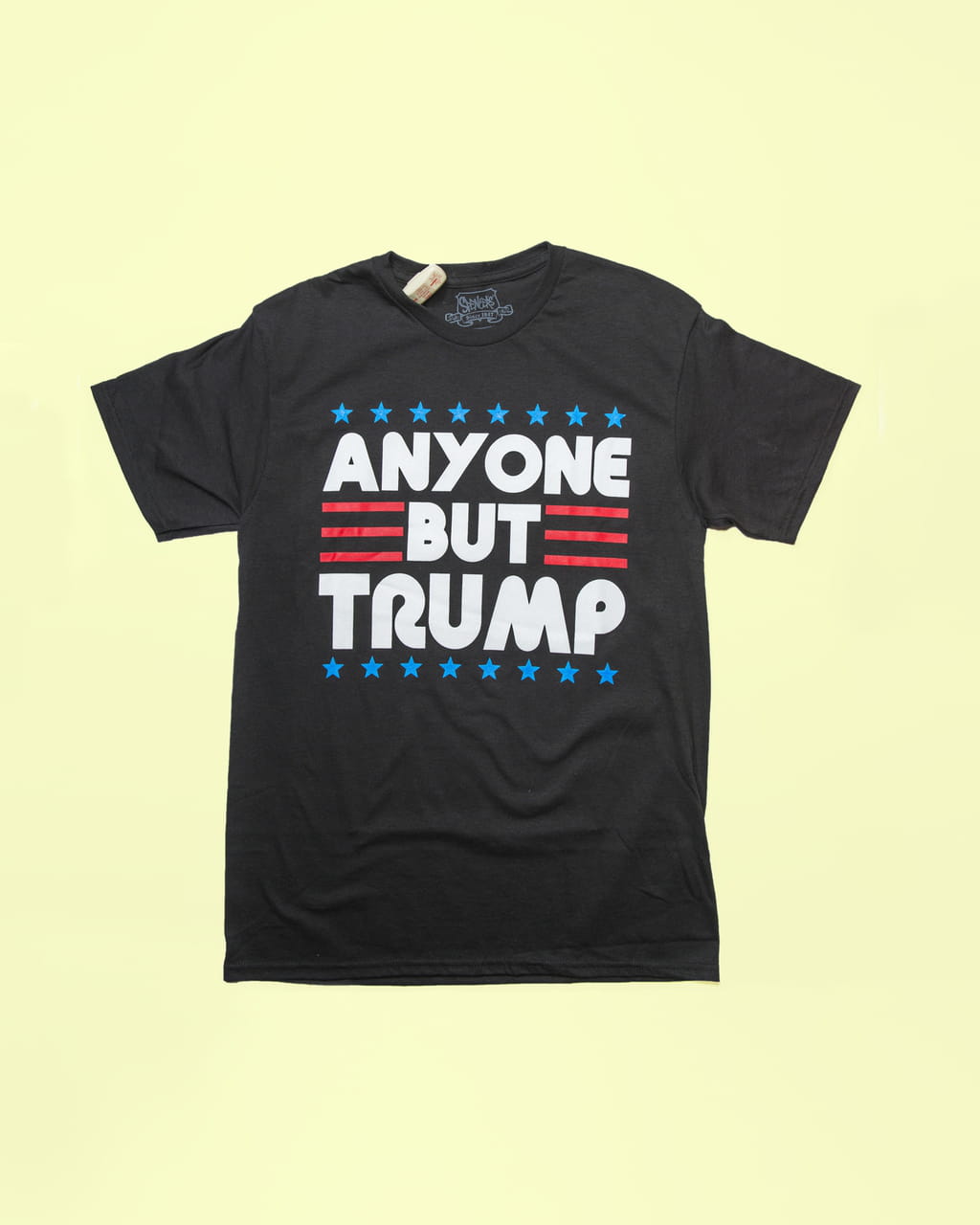

Are you a person or a political identity?
One reason we don’t realise we have these areas of agreement is because in some ways, we really are increasingly polarised. In 1958, 72% of respondents told pollsters that the political affiliation of their child’s spouse did not matter to them; today, around 60% of US Americans in both major parties would prefer their children married someone from the same political party they belong to.
But there is growing evidence that our polarisation is based not on what we actually believe the government should do – what policies should be pursued – but rather on the tribes we end up sorting ourselves into.
In 2018, a University of Maryland political scientist, Lilliana Mason, used data from a pair of national surveys to study how and why US citizens are politically polarised. She used measures that identify both where people stand on major issues and how they identify themselves politically. For the issue set, she took six major topics from the survey: “immigration, the Affordable Care Act, abortion, same-sex marriage, gun control, and the relative importance of reducing the deficit or unemployment”. She then also applied measurements of social identity, ranging from liberal to conservative.
Political identities are more predictive of preferences for social interaction than what people actually believe on issues
Mason sought to correlate responses to the above with questions where the respondents answered whether they’d prefer to live next door to, marry, be friends with, or spend social time with someone who differs from them politically. These are common measures used in political science to gauge social distance and polarisation.
What Mason found was that the political identities people adopted was much more predictive of their preferences for social interaction than what they actually believed on the issues.
As one example, “moving from the least identified to the most identified with an ideological label increases preference for marrying inside the ideological group by 30 percentage points”. In other words, if you’re a committed conservative, you’re much more likely to want to live next to other committed conservatives. But if you just disagree strongly with them about a specific issue such as abortion, not so much.
“I’m sort of making this argument that as you have multiple social identities that line up together, people hate their out groups more regardless of their policy positions,” Mason told me in a 2018 interview.
Polarised people blur their political self with the rest of their lives
In other words, our polarisation is exacerbated by how strongly we declare ourselves members of a tribe and define our personal identity based on that tribe. When we start arguing about the relative merits of being a liberal or a conservative, a capitalist or a socialist, or a Democrat or Republican, we quickly sort ourselves into opposing and fiercely tribal groups. But when we can sit down and talk through our concerns in detail, we often find that we have a lot in common.
That’s the view of Stanford political scientist Morris Fiorina, who has long argued in his books and writing that we are misunderstanding polarisation in the US. It’s not that Americans have less ideological common ground than we used to, but rather that we have, for one reason or another, more neatly sorted ourselves into political tribes.
"The critical thing to remember is that there is still a big middle out there," Fiorina told me in an interview. He cited the issue of abortion as one example.
If you poll Americans about which tribe they belong to – pro-life or pro-choice – we do, indeed, come across as bitterly divided. Gallup polling on the issue in 2019 found that 48% of Americans identify themselves as pro-choice, while the same number – 48% – also identify as pro-life. But this binary choice between tribes does not reveal the nuance of countless US Americans’ actual positions on the issue of abortion.
Polling from the same group in 2018 revealed that 60% of Americans believed abortion should be legal during the first trimester, or first three months of pregnancy. Meanwhile, only 13% of Americans believed abortion should be legal during the last trimester of pregnancy. That still shows some disagreement, but it also demonstrates that there is a lot of consensus about how Americans feel about abortion: most people feel it should be available earlier in the cycle of pregnancy, while the overwhelming majority believe it should be restricted towards the end of that cycle.

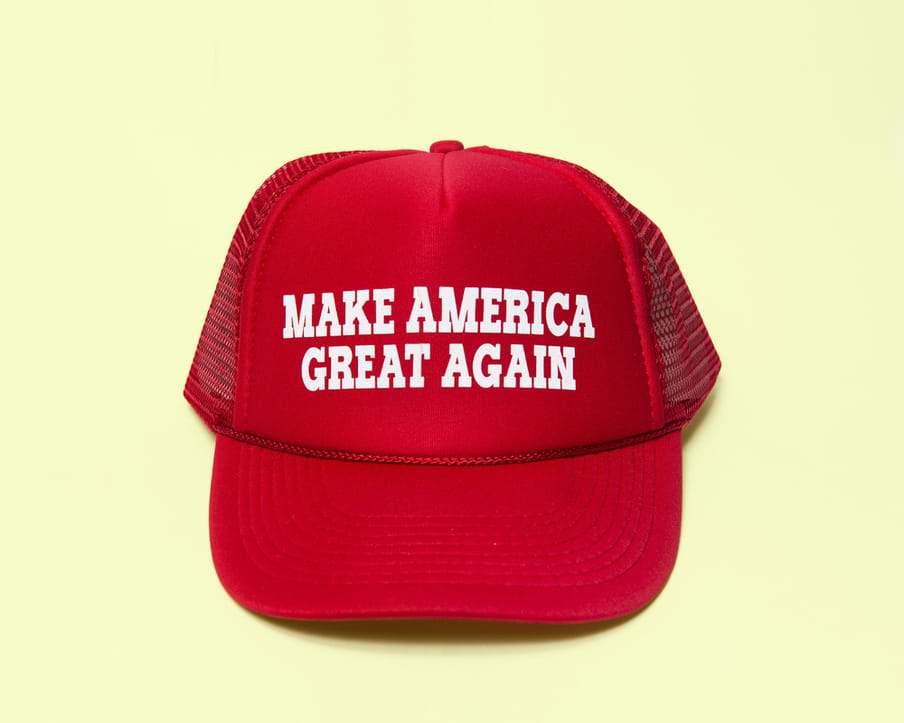
Speaking for the exhausted majority
Interestingly, according to Fiorina’s research, the number of US Americans who choose not to place themselves into a strict partisan tribe – people who identify as independents – has grown over time. “40% of the public won’t identify with either party,” he noted.
More interesting still is that a large portion of the American public does not use politics to define their personal identity. From cable news channels and social media feeds it may look as though politics is tearing the country apart, but many US Americans are very capable of separating the political from the personal.
“The majority of people have partisan preferences but don’t let those preferences affect their day-to-day life,” Stony Brook University professor John Barry Ryan said. “The polarised are different because they blur their political self with the rest of their lives. The best analogy is the sports one: the majority of the public would get excited if their local sports team was in the championship series, but few are so rabid as to care about the outcome of a game in the middle of the season. In the same way, the majority of the public cares a lot about politics in early November every four years, but prioritises other things the rest of the time.”
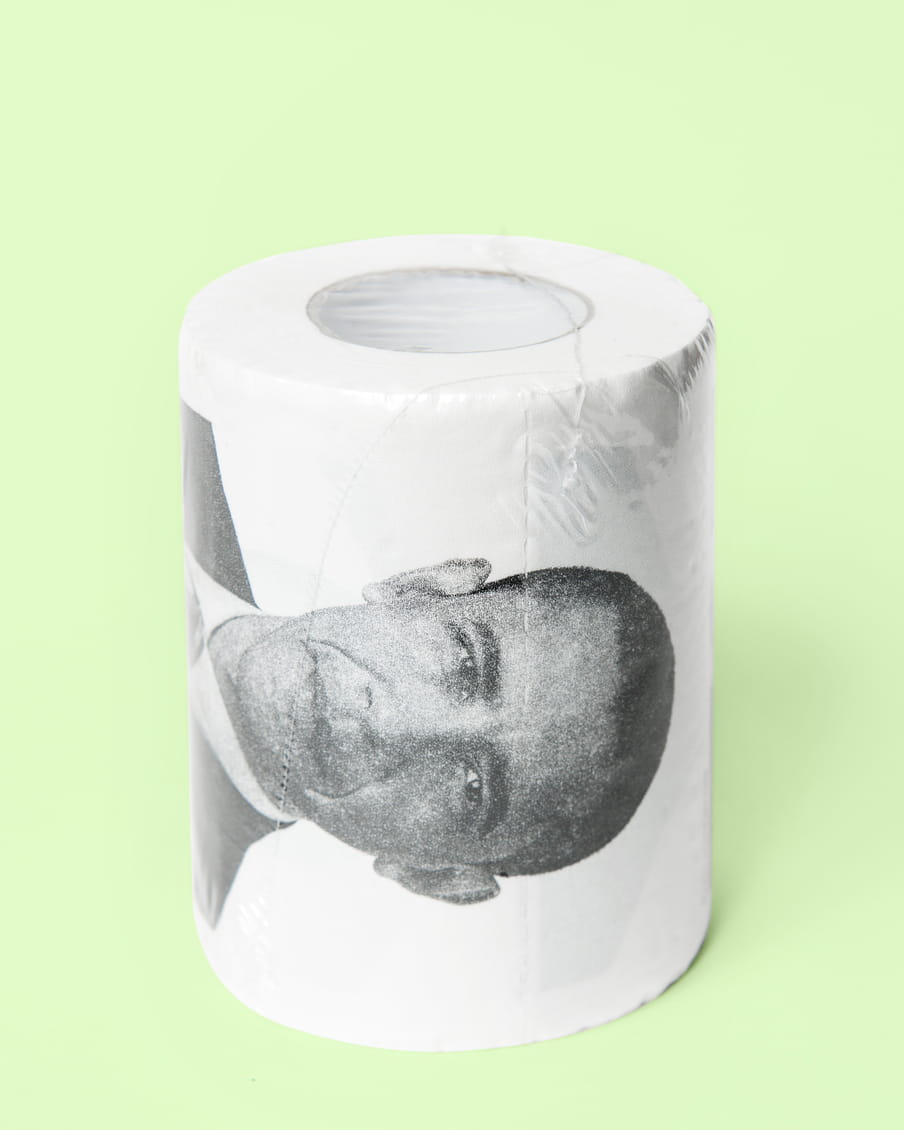
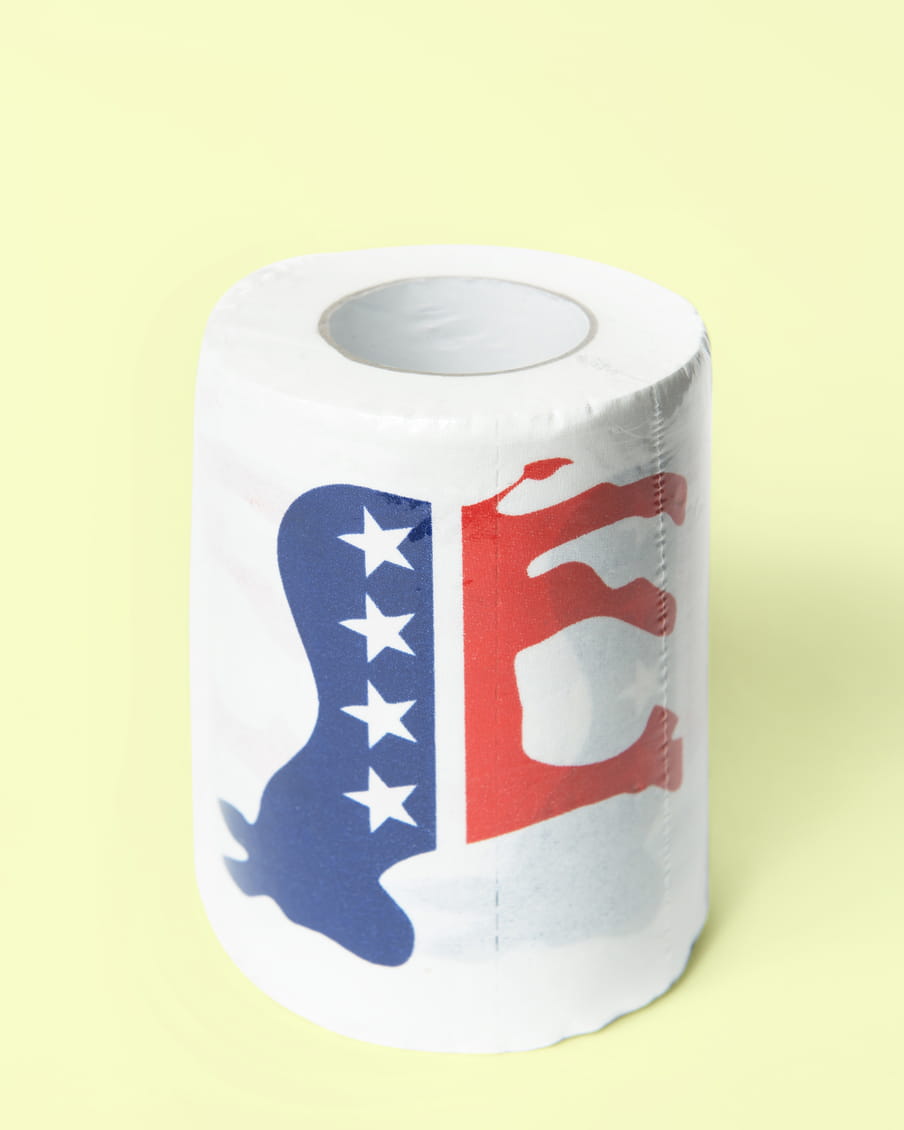
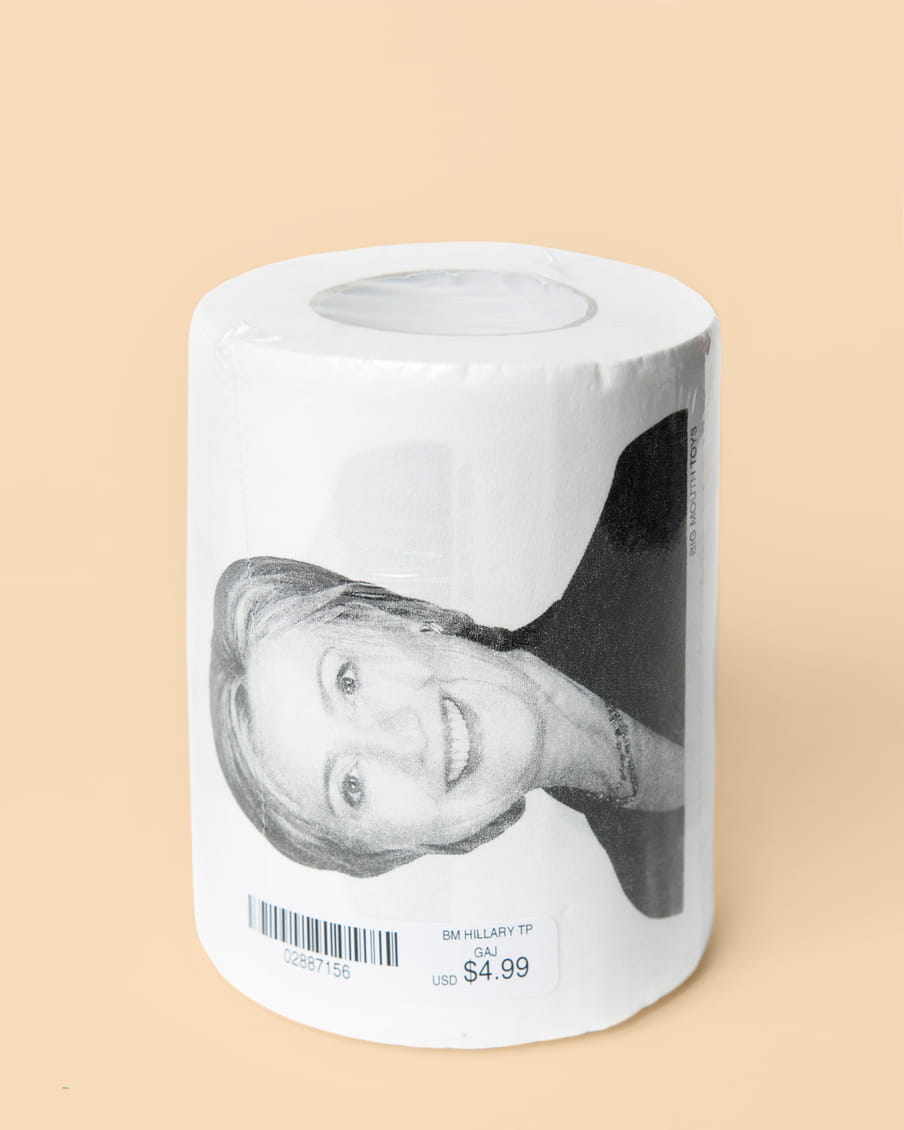
The civil society group More In Common, which works to identify areas of consensus, calls those US Americans who are sick of the country’s acerbic political climate and want more collaboration the “exhausted majority.” The organisation estimates that about 67% of US Americans fall into this category, which includes sub-groups such as traditional liberals, passive liberals, the politically disengaged, and moderates. About 65% of these individuals agree with the following statement: “People I agree with politically need to be willing to listen to others”.
In June 2019, More In Common released a report looking at what it calls the “perception gap”, which revealed that on issue after issue, many Democrats and Republicans dramatically overestimated how extreme people on the other side actually are, obscuring areas of consensus that exist.
“Republicans, for example … think that Democrats believe the vast majority of police are bad people, that we should have open borders … that Democrats aren’t proud to be Americans,” Daniel Yudkin, the associate director of research at More in Common told me. “When you actually look at the numbers, the reality is that the vast majority of the Democrats hold views that the Republicans, if you asked them, would be like, ‘Oh yeah, I agree with that!’”
85% of Democrats actually disagree with the statement “most police are bad people”. Democrats, for their part, think that only a slim majority of Republicans – 51% – would admit that racism continues to be a problem in America. In reality, 79% of Republicans hold that view.
So, what are the most distorting influences on perception? Interestingly, for Democrats, there’s an inverse relationship between formal education and understanding the other side. In other words, the more educated a Democrat is, the greater their perception gap. For Republicans, the dominant distorting influence appeared to be conservative media, with the gap largest for individuals who consume media from Breitbart News, the Drudge Report, and conservative talk radio.
The research is clear: many American citizens want to see more collaboration and consensus, and when we talk to people about the actual issues, there’s actually a lot of overlap. But when we sort ourselves into narrow partisan groups and wall ourselves off into segregated tribal communities, we end up exacerbating polarisation.
When we’re able to look past those tribes – as Sanders and Lucion did at the 2017 town hall meeting – we enable ourselves to find areas of agreement in places we would never even have imagined.

Send me your tips!
Over the coming months, I plan on using this column to highlight areas of hidden consensus to demonstrate that we aren’t always as divided as we imagine ourselves to be and to inspire our readers to be able to build consensus in their own communities.
I’d like readers and members of The Correspondent to send us tips on unexpected collaborations and consensus building happening in the US and across the globe. I’m interested in stories about strange bedfellows, unexpected alliances, and bridge-building in surprising places.
 Tell me where I should be looking next
Tell me where I should be looking next
 About the images
During the 2016 US presidential election campaign, Italian photographers Edoardo Delille and Giulia Piermartiri visited 15 shopping malls, turning changing rooms into makeshift studios and photographing election paraphernalia. They documented a trend in US politics of products you can buy to show your political preferences to the world. The items have a range of angry, ironic and sometimes even funny jokes. Even though they’re made to show support to opposing candidates, they rarely refer to actual political issues and look strangely similar. (Lise Straatsma, image editor)
About the images
During the 2016 US presidential election campaign, Italian photographers Edoardo Delille and Giulia Piermartiri visited 15 shopping malls, turning changing rooms into makeshift studios and photographing election paraphernalia. They documented a trend in US politics of products you can buy to show your political preferences to the world. The items have a range of angry, ironic and sometimes even funny jokes. Even though they’re made to show support to opposing candidates, they rarely refer to actual political issues and look strangely similar. (Lise Straatsma, image editor)
Dig deeper
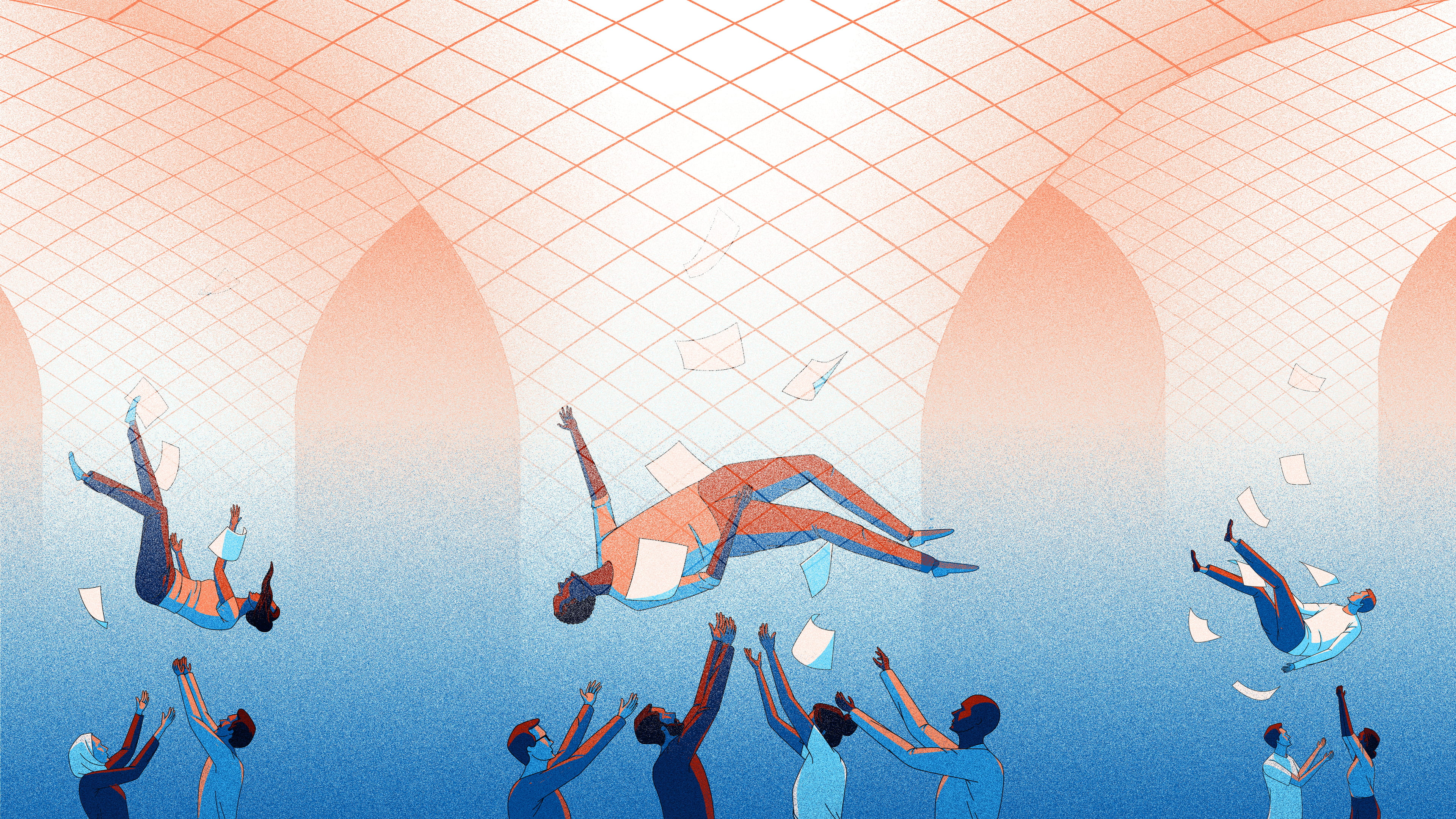 Politics is failing, but human networks could show us how to fix it
As the Better Politics correspondent I intend to explore solutions to the problems presented by ineffective political organisations. One place to look? The armies of individuals, plugging the gaps left by institutions.
Politics is failing, but human networks could show us how to fix it
As the Better Politics correspondent I intend to explore solutions to the problems presented by ineffective political organisations. One place to look? The armies of individuals, plugging the gaps left by institutions.


